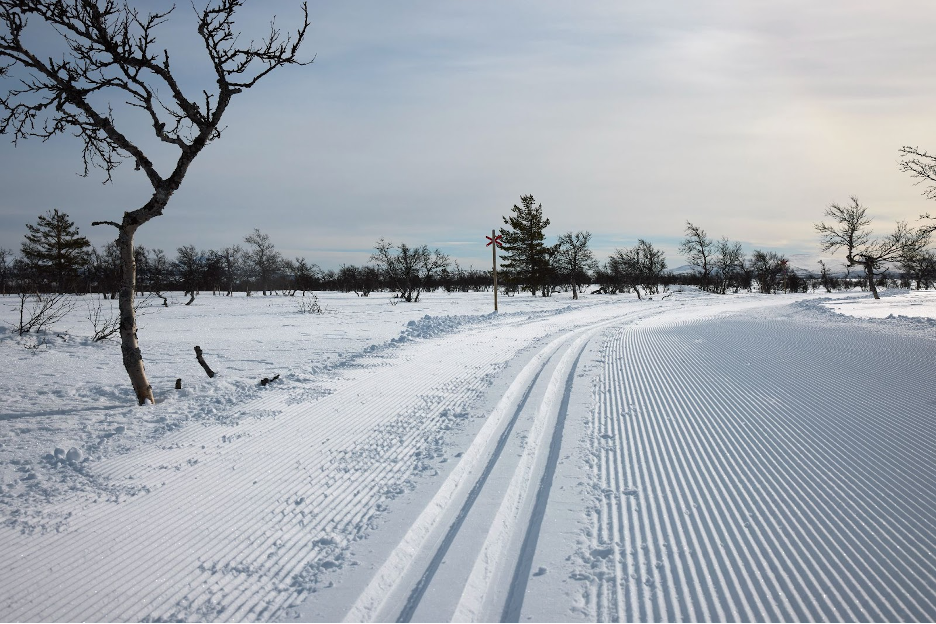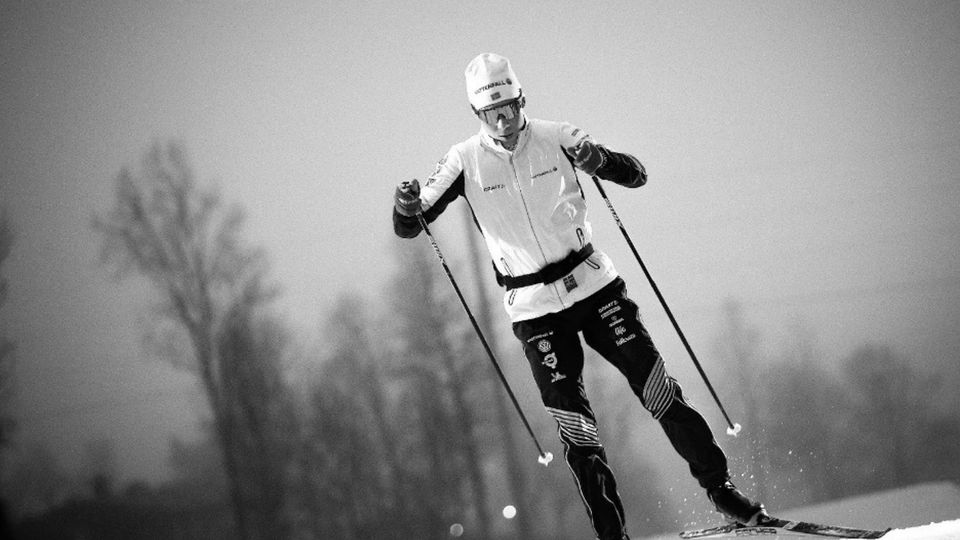Posted by Jacob Huseby on Jan 3rd 2022
No Bad Weather | What to wear for cold weather cross-country skiing
No Bad Weather | What to Wear for Cold Weather Cross-Country Skiing
by Jacob Huseby
TL;DR (Too long, didn’t read)
Dress in many thin layers. Then remove/add layers as necessary to balance sweating and feeling cold.
“There’s no such thing as bad weather, only unsuitable clothing”. This quote is often attributed as a Scandinavian saying, or Alfred Wainwright, or some guy by the name of Ranulph Fiennes. I don’t particularly care who said it first, but the saying holds water. Skiing in cold weather can be intimidating, but a little preparation goes a long way. In this piece, I’m going to explain each piece of clothing you’ll need to wear while cross-country skiing in the cold. The key takeaway is that you must dress in several thin layers rather than a few heavy layers.
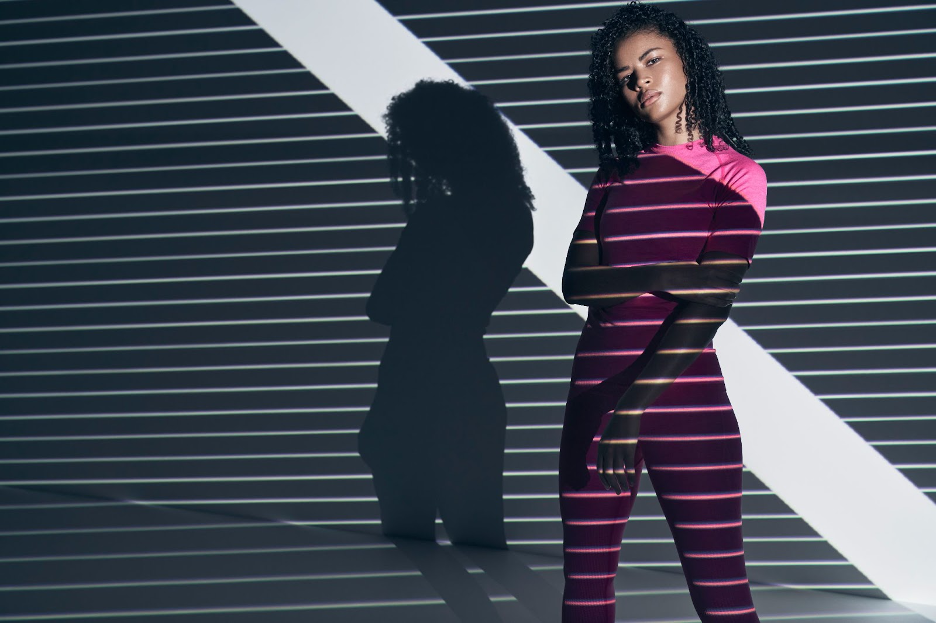
Part 1: How your body stays warm (simplified)
Your body's temperature is regulated by your skin, sweat glands, and blood.
When you get cold, your blood rushes away from your skin and towards your torso to keep your vital organs warm. This is why your hands and toes get cold quickly, they are farthest from your torso. When your body gets warm, the heat will activate the sweat glands in your skin and release sweat in order to cool you down through evaporation.
Here is why you need to dress in layers:
Your body is only so effective at controlling its temperature through blood and sweat. When figuring out what to wear for cross country skiing, you want to work with your body's natural methods of maintaining its temperature. Your body transfers heat to your extremities through your blood. When you begin skiing, your body will be cold because it has been pumping blood at a low rate. When you have been skiing for 10-30 minutes, your body will feel warm because your body has been pumping blood at an increased rate (again, simplified). Since your body is adapting while you are skiing, you will need to remove or add layers as necessary in order to find a balance between managing sweat, and handling the cold.

Part 2: Base Layers
Base layers are close-fitting garments that are often made of wool or polypropylene (fancy plastic). Some folks refer to these as long underwear. They wick moisture away from your skin and help you retain heat. They are lightweight, breathable, and allow for a full range of motion. Base layers are typically composed of wind briefs (wind blocking) or underwear, then a pair of leggings and a long sleeve top.
They don’t have to be the most high-tech, however I would be cautious of picking out something too heavy. Heavy base layers can easily get saturated with sweat. Again, look for something made of a lightweight material, that breathes well, and is not made of cotton. In exceptionally cold conditions, I may stack 2 base layers with the lighter layer underneath. I would rather have two thin layers than one heavy layer any day of the week.

Part 3: Middle Layers
Your mid-layer typically is going to be a cross-country specific jacket, or a winter running jacket and a pair of cross-country pants. If you’re a cool cat, you could also ski in a wool sweater. Cross-country specific jackets and pants will often have ventilation near the back with wind blocking material in the front. Much like the base layers, you’ll want something that is lightweight and allows for a full range of motion. For an added layer of warmth, I recommend wearing an insulated vest over your jacket.
Part 4: Outer Layers
Your outer layer is going to be for your extra warm jacket, and occasionally your big snow pants. These should be big enough to fit over the other layers previously mentioned. I always pack the big jacket in my car and begin practice with 5-10 minutes of skiing in my big jacket. The pants are really reserved for if you are on touring skis moving slowly, spectating/coaching at a race, or you’re doing a cooldown after your race.

Part 5: Head and Neck
When skiing in truly cold conditions, any exposed skin can quickly show signs of frostbite.
Start with wearing a hat (or touque for our Canuck friends to the North).Your body loses about 10% of its heat through your head. Much like the base layer, aim to have a lightweight wool or polypropylene cap. You will only ever buy one hat in your life because every other one will be given to you for free.
Cover your neck with a gaiter. Again, lightweight and breathable is the name of the game. I wear mine loose around my neck or wrapped up around my chin and ears so as to not cover my mouth. Around -20C I would then wear two gaiters, one wrapped around my ears and chin, the other covering my lower neck.
Protect your eyes with a pair of glasses. Did you know you can get frostbite in your eyes? Get a pair of glasses made for Cross Country Skiing. Pro-tip: the “Nano Optics” glasses from Bliz don’t fog up.
Pack some warm water with you while skiing. Most water bladders are not made for colder weather. Boil some water and fill up an insulated hip belt to have warm water for most of the day.
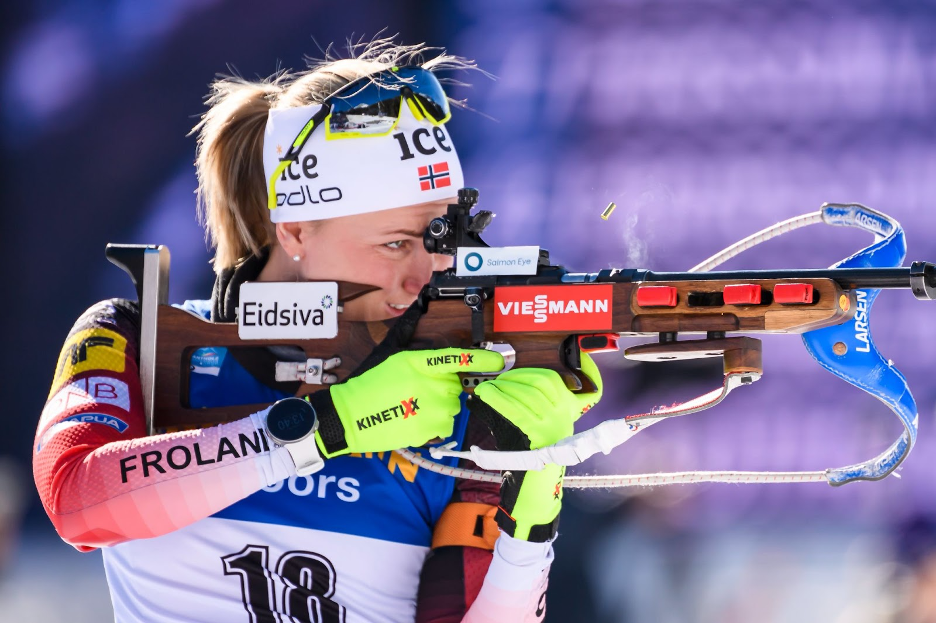
Part 6: Hands and Feet
Your hands and feet are particularly susceptible to the cold. While I can recommend specific hand and foot coverings to keep them warm, the most important thing to keep your hands and feet warm is to maintain a warm torso. When your body gets cold, its first instinct is to pull blood away from the surface of the skin and extremities. To prevent this, keep your skin covered, and your torso warm.
For your hands, mittens are the way to go. I’ve really been enjoying these new trigger mitts. They offer the dexterity of gloves with the warmth of mittens. There’s also a wind-blocking gore-tex version that offers extra warmth without sacrificing too much ventilation. There are also some really great warm weather options available.
A quick trick to warm up your hands is to do windmills with your arms. Give it a try!
Here’s a hot take on cold feet, the socks you wear should not change for any weather condition. You should always wear a pair of crew cut, wool, thin socks. The fit of your boots is important for your comfort and you do not want to mess it up with a pair of heavy-duty socks. I like these ones from Fits. For colder weather, I recommend getting an over-boot (we don’t have the Spine overboots in yet).
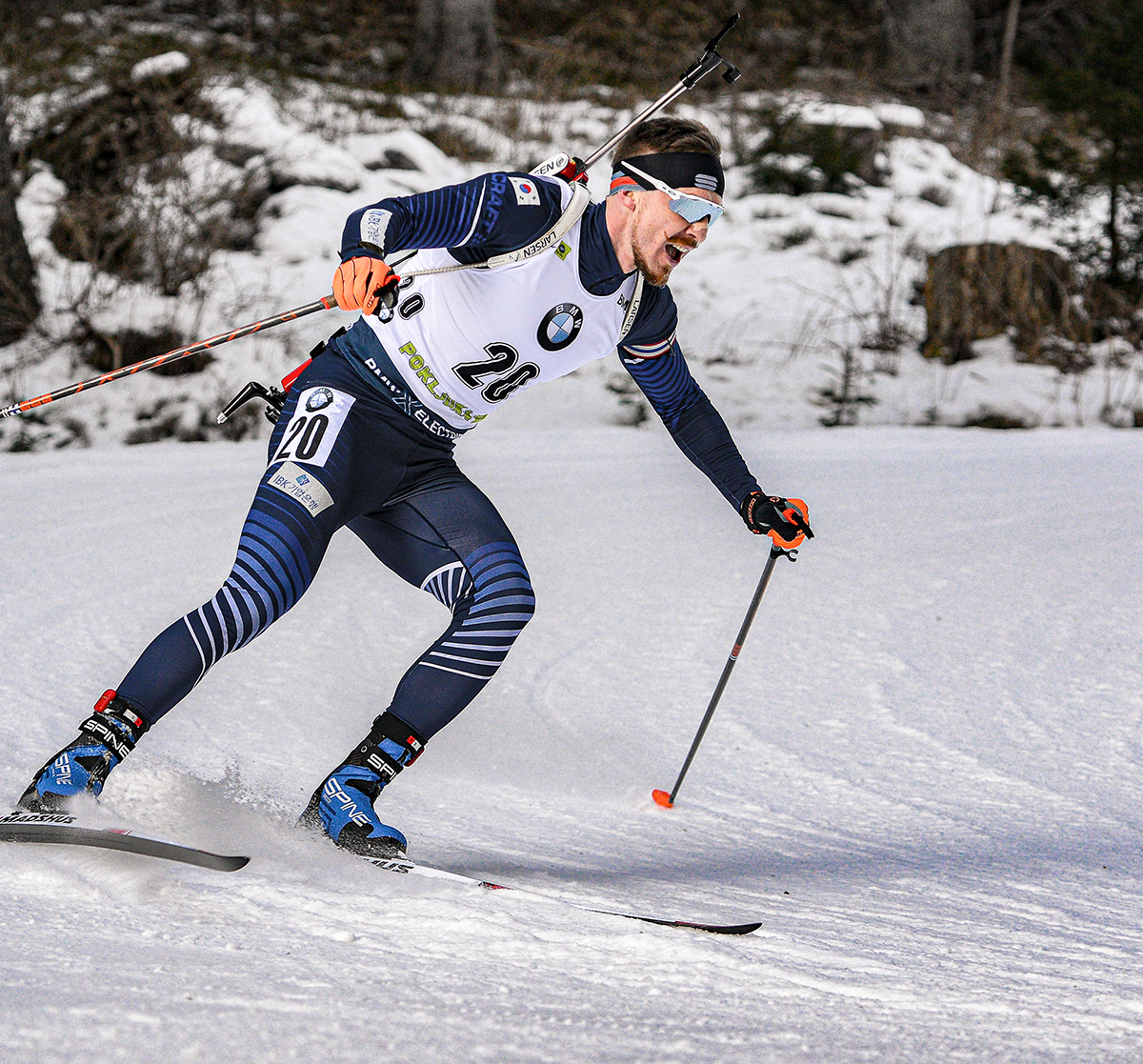
Part 7: Racing
If you plan on racing, you will want to put on your race suit over your base layers and wear your mid and outer layers on top. The closer you get to race time, the more layers you will shed. The less layers you are wearing, the more you will need to keep moving in order to stay warm. Keep in mind how long your race is, and what the temperature is going to be at the finish if it's a point to point race. Once you cross the finish line, get back into your warm clothes as soon as possible.
Conclusion:
Hopefully this is an exhaustive but non-exhausting guide to dressing for the cold. While this seems like a lot of information, it becomes second nature with time, patience, and practice. Every body is different, and there isn't a one size fits all answer for exactly what to wear on a given day. Every person skis at a different rate, warms up at a different rate, and feels cold in different ways. My advice? Spend more time skiing!
See you on the trail -Jacob
Images courtesy of our friends at Bliz, KinetiXx, Spine, and Craft
